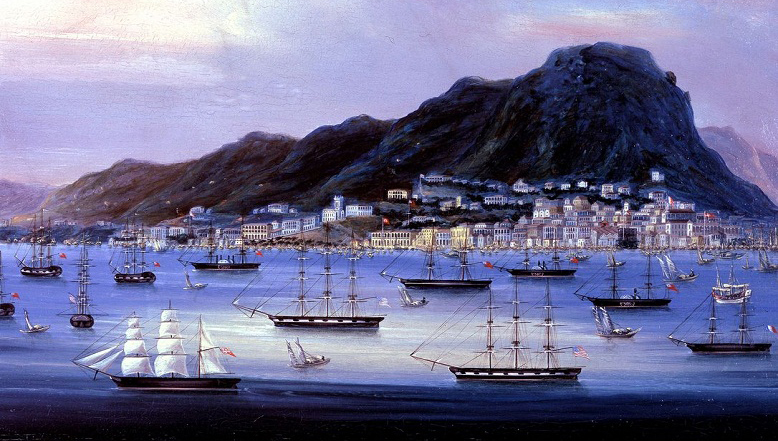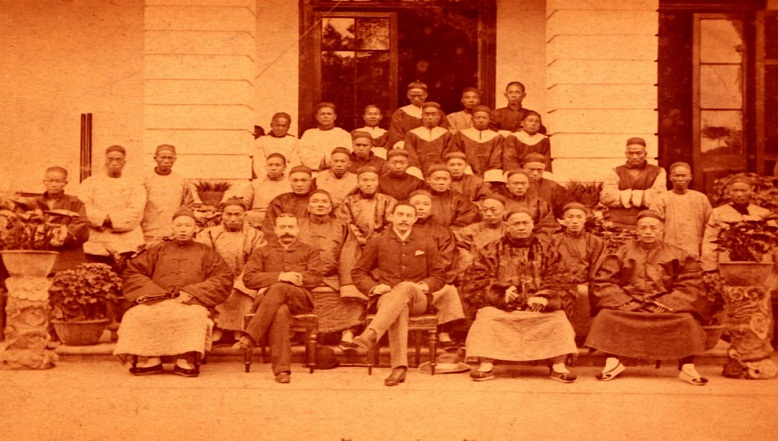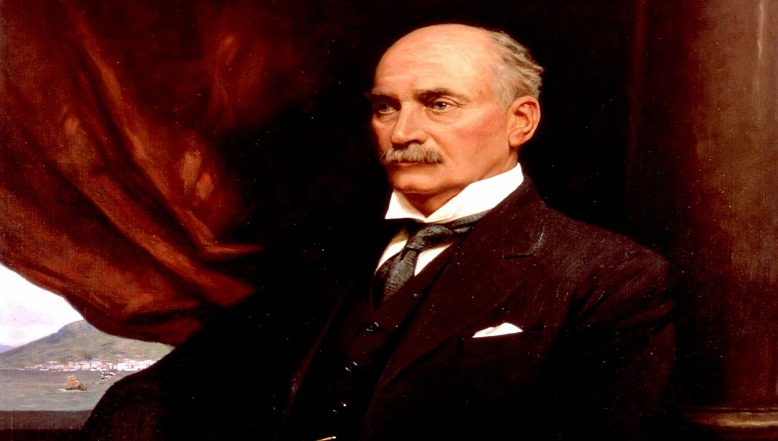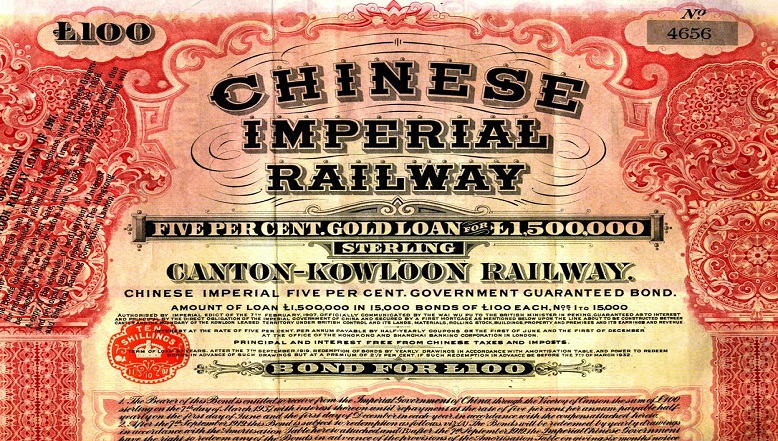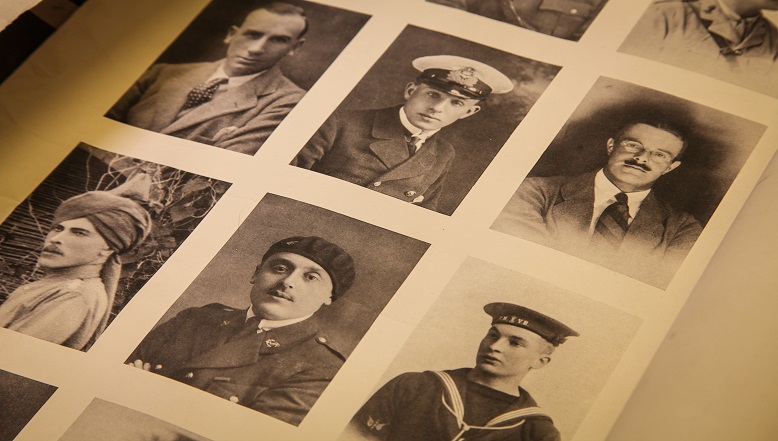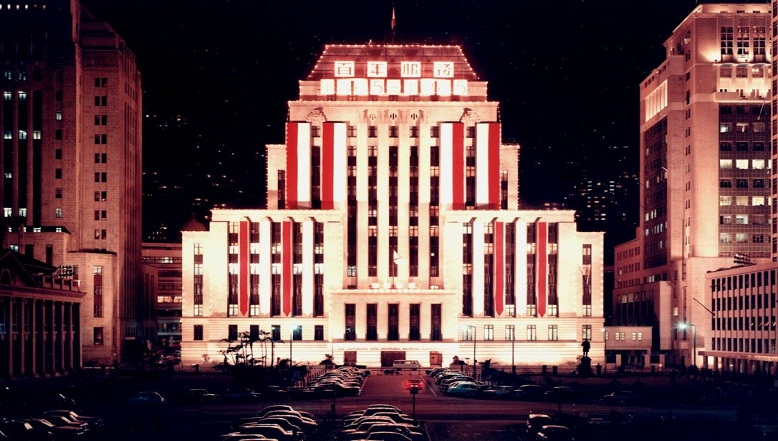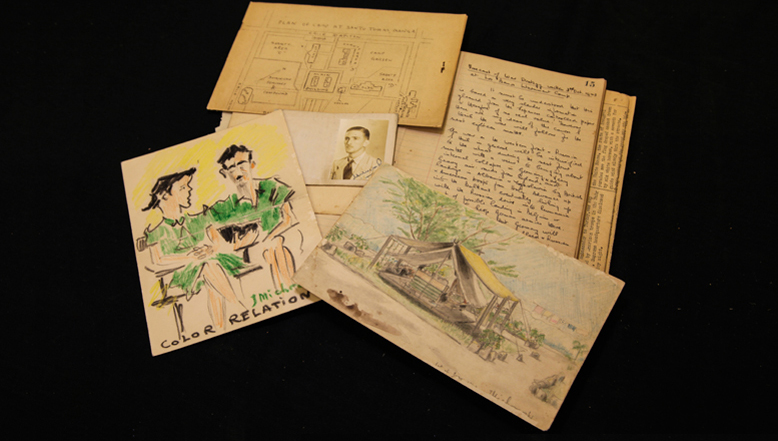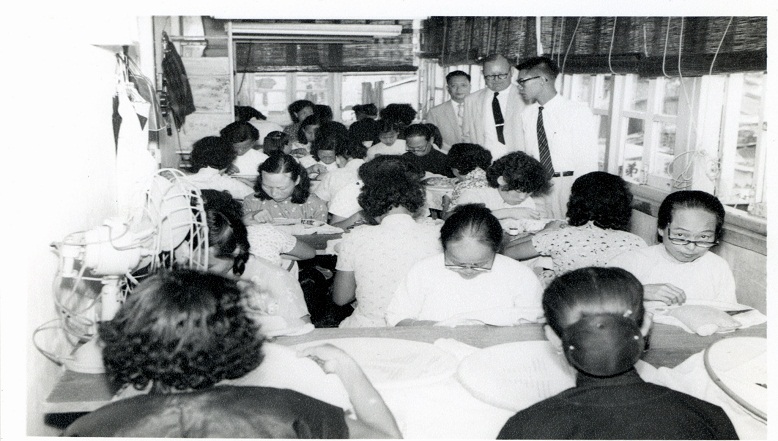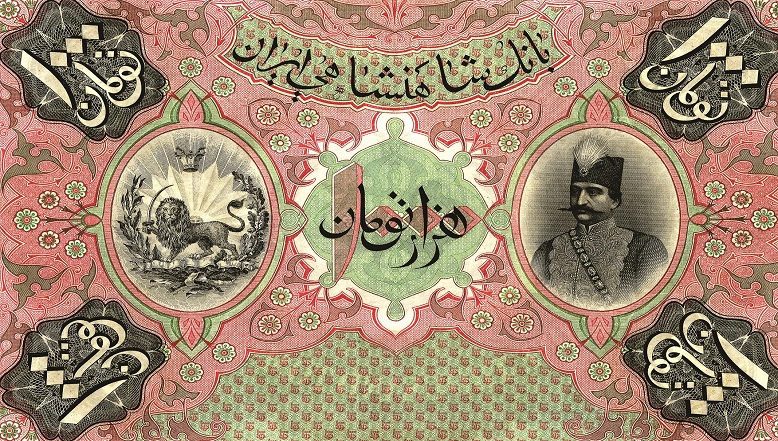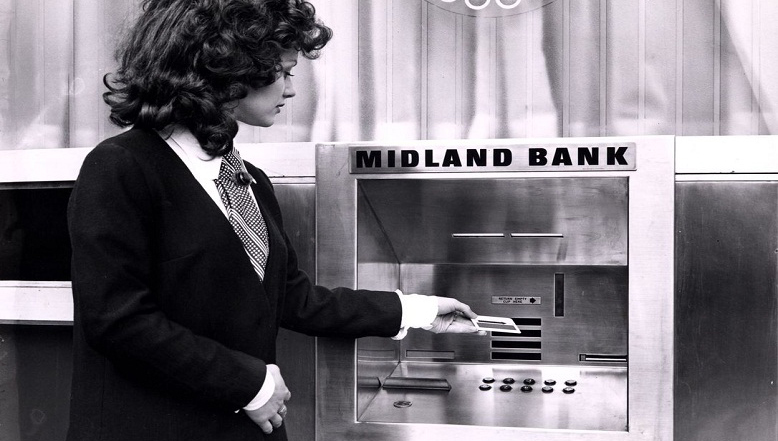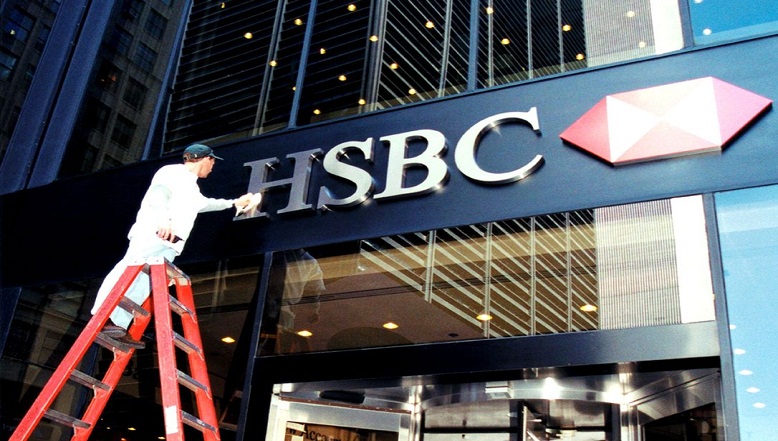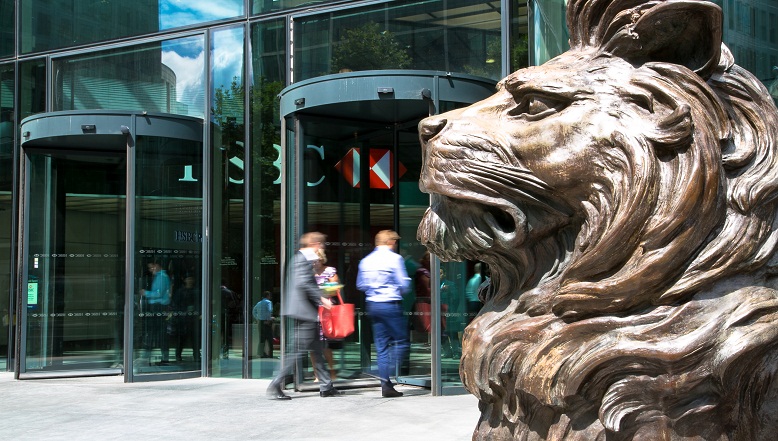The Hongkong and Shanghai Banking Corporation Limited opened in Hong Kong on 3 March 1865 and in Shanghai one month later. It was the first locally owned bank to operate according to Scottish banking principles.
HSBC in Sri Lanka

Our services
HSBC Bank Sri Lanka is the leading international bank in Sri Lanka, providing a comprehensive range of banking and financial services supporting the growth ambitions of its customers from government and multinationals to international and local corporates, entrepreneurs, and individuals.
HSBC Sri Lanka offers a full range of services to its personal and business banking customers through its International Wealth and Premier Banking, and Corporate and Institutional Banking businesses.
HSBC also operates in Sri Lanka through HSBC Electronic Data Service Delivery which is one of the bank’s Global Service Centres. The centre was established in June 2004 and now supports HSBC customers and businesses across 42 different countries and territories.
Our headquarters
1, 24 Sir Baron Jayatilaka Mawatha
Colombo
00100
[HQ picture: Supun Weerasinghe]
Our CEO
Mark Surgenor
CEO and Head of Banking
Our history in Sri Lanka
HSBC Sri Lanka operates as a leading international bank in the country with a proud history stretching back more than 130 years. The bank serves customers through two global businesses: Corporate and Institutional Banking and International Wealth and Premier Banking.
HSBC officially opened its doors in Sri Lanka on Friday 1 July 1892, just 27 years after its first offices were established in Hong Kong and Shanghai. The Hongkong and Shanghai Banking Corporation (formerly known as the Hongkong bank and more recently as HSBC) maintained an international outlook from the start, while its activities centred on trade finance. Over the course of its first few years HSBC built up a network of agencies and branches around the world. By the turn of the century the Asian branch network had extended to Japan, Sri Lanka, the Philippines, Singapore, Thailand, Myanmar and Vietnam.
In 1892, HSBC appointed Delmege Reid and Co. - the predecessor of the present Delmege Forsyth and Co. Ltd. - as its agency in Colombo. In 1894 the island’s economy suffered a severe setback when coffee plantations throughout the country were almost totally destroyed by disease.
As a result of this and the folding up of the once great Orient Bank, HSBC saw an opening for a corporate bank like itself. In the early 1920s the bank purchased and began construction on land adjoining the Bank of Madras. HSBC moved into its new home at 24, Sir Baron Jayatilaka Mawatha, an impressive landmark in Colombo's architectural and business landscape.
Through the good times and the bad that followed, HSBC supported Sri Lankan businesses. The “Chetty Crisis” which began in 1927 was so termed because many Chettiar business people were forced to default on their loans. While the impression was that foreign banks discriminated against Sri Lankans and did not advance monies freely to local businesses, half of HSBC's lending during this time was to Indians and Sri Lankans.
With the stationing of the British Air Force in parts of Sri Lanka during the Second World War, HSBC became a hub of activity. During this time and until 1956, the Government of Ceylon kept a very substantial revenue account with HSBC.
Throughout its history in Sri Lanka, HSBC has introduced many ‘firsts’ in the industry, including the first Automated Teller Machine (ATM) in 1986; computerised banking operations in Sri Lanka; and revolutionised banking with the issuance of the first credit cards in 1994, among many other novel products and services.
HSBC Electronic Data Processing
Read more about our Global Service Centre in Sri Lanka and the service it provides to HSBC operations around the world.
